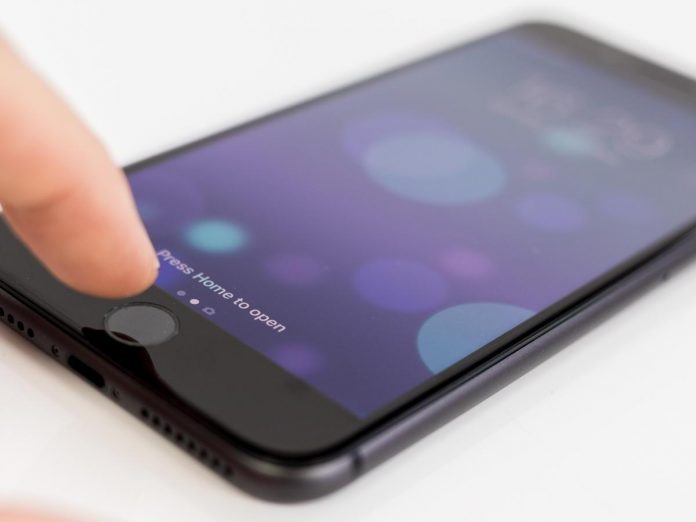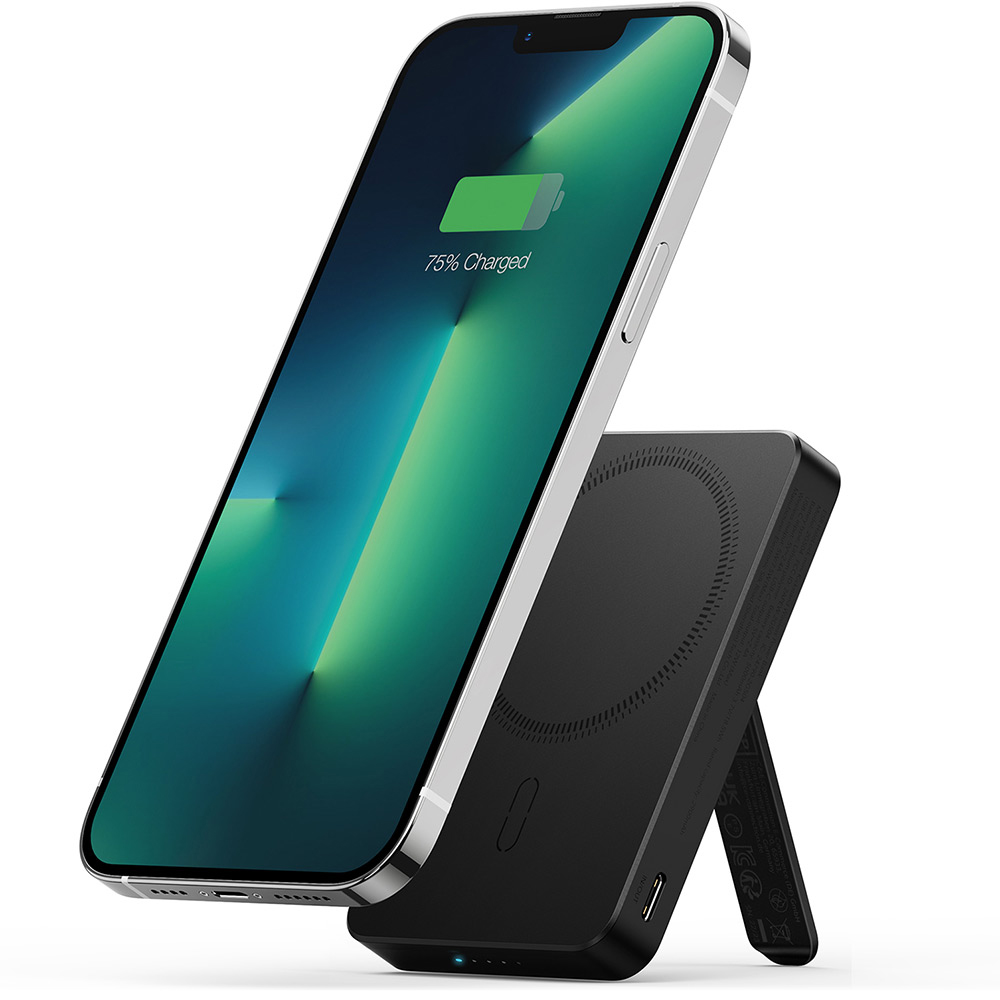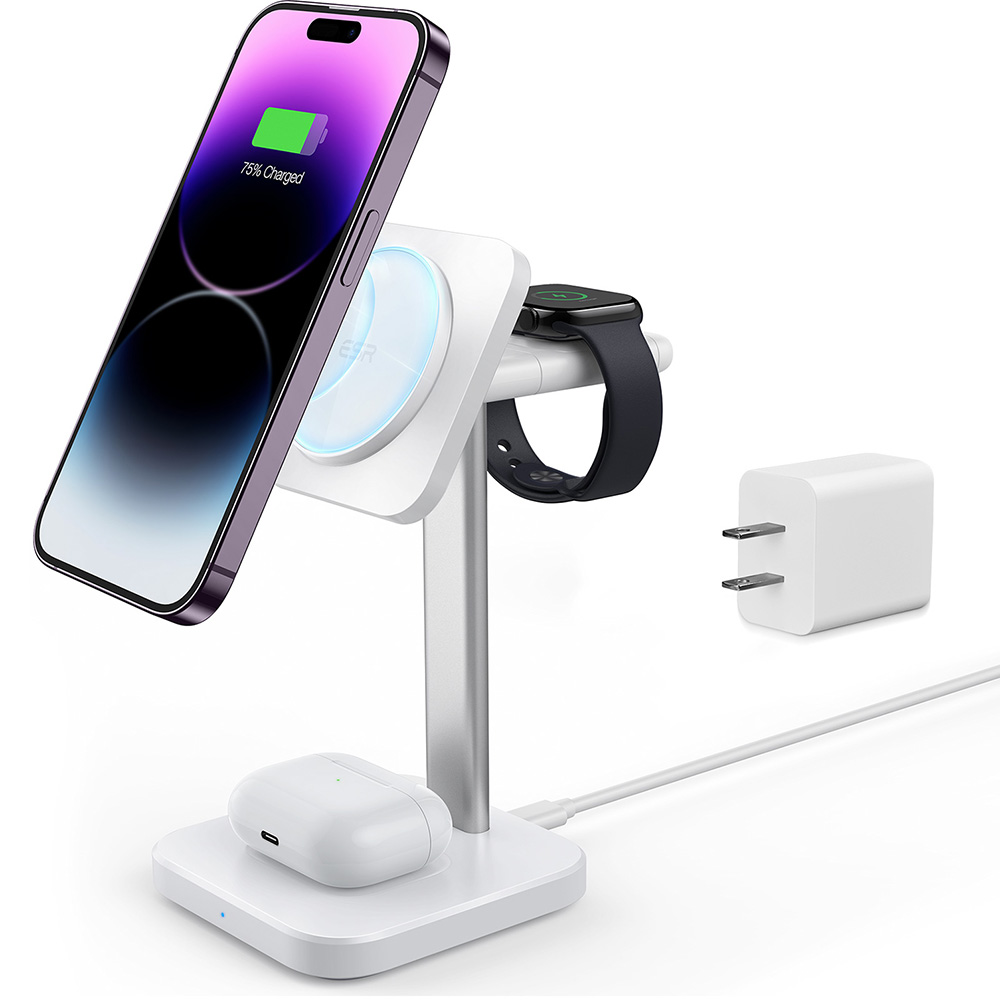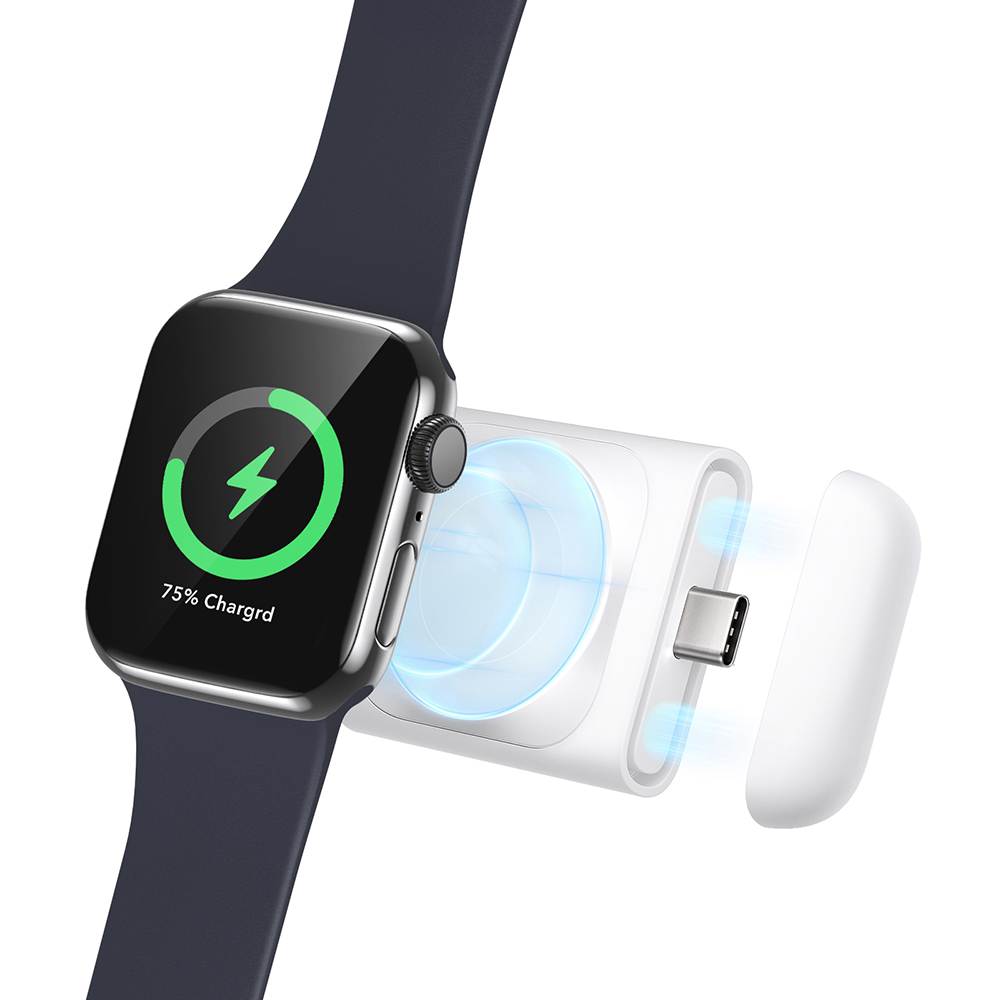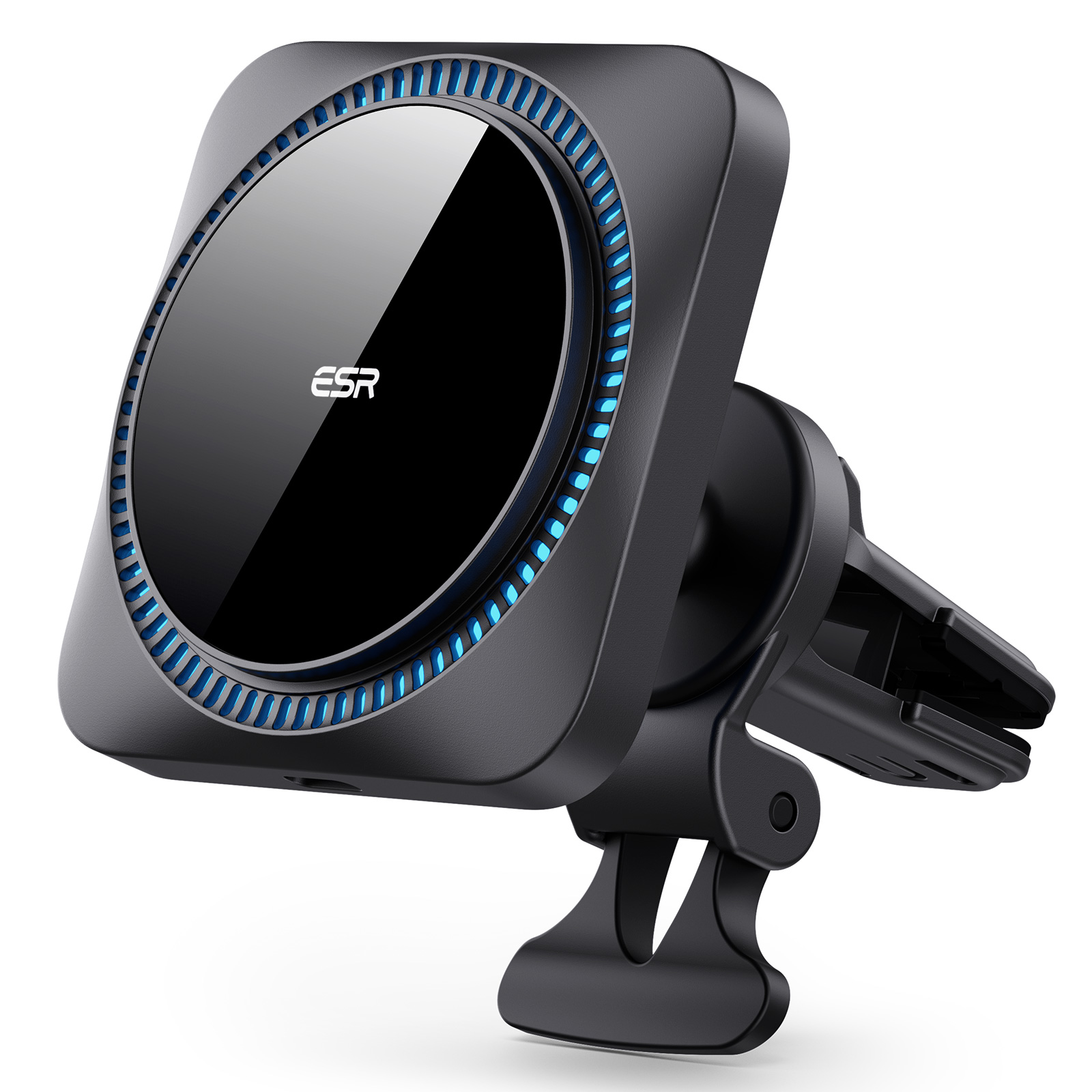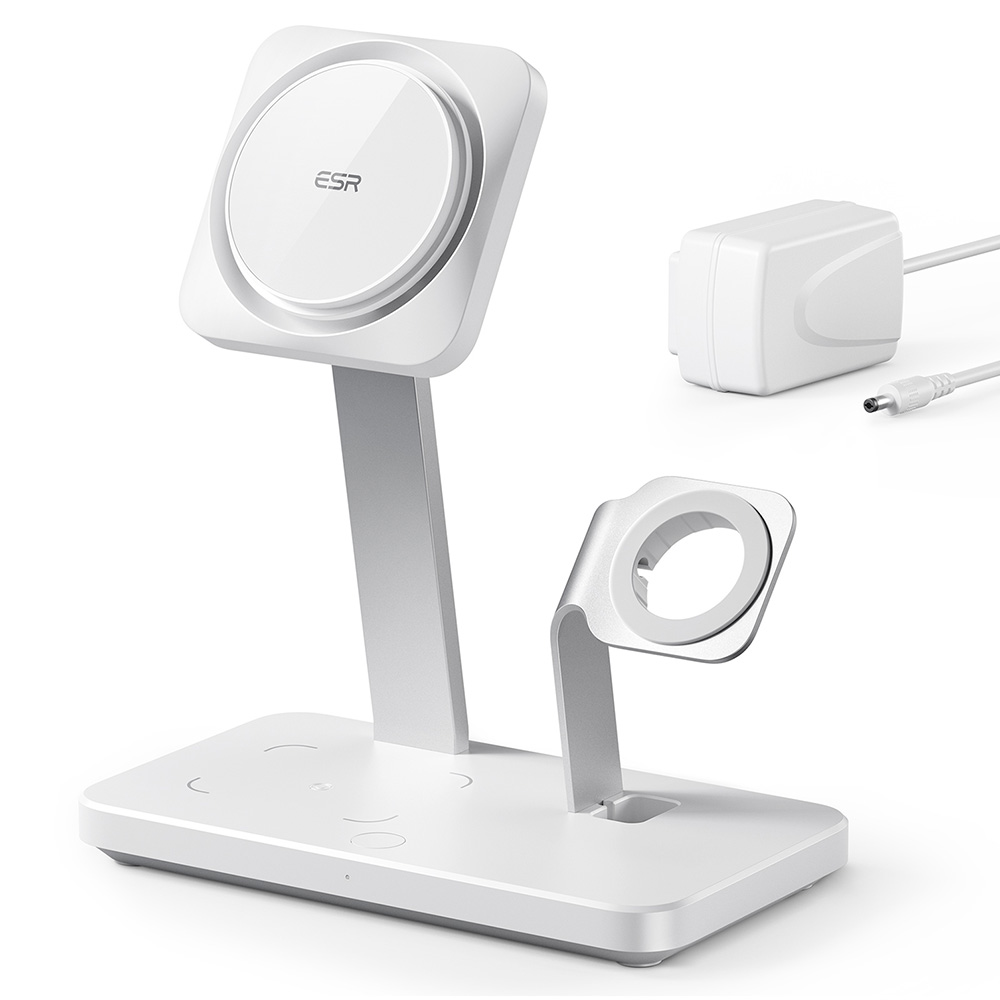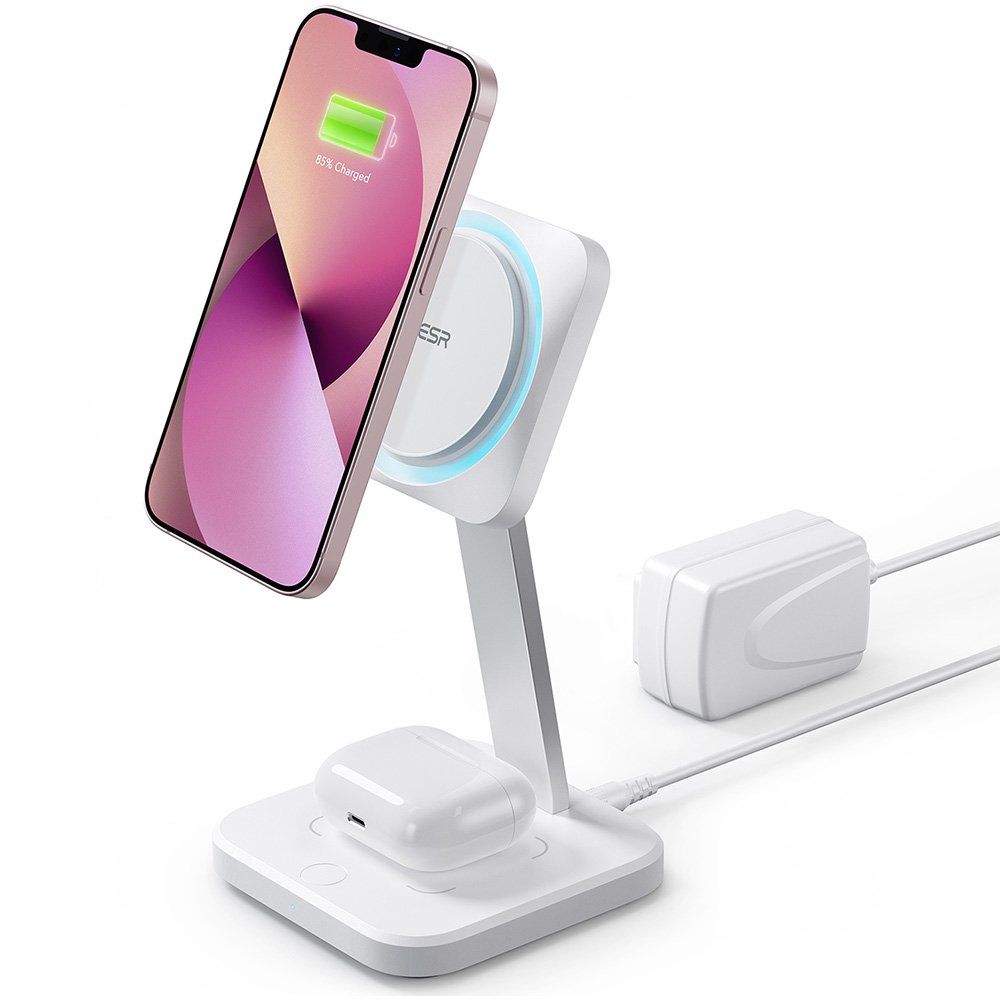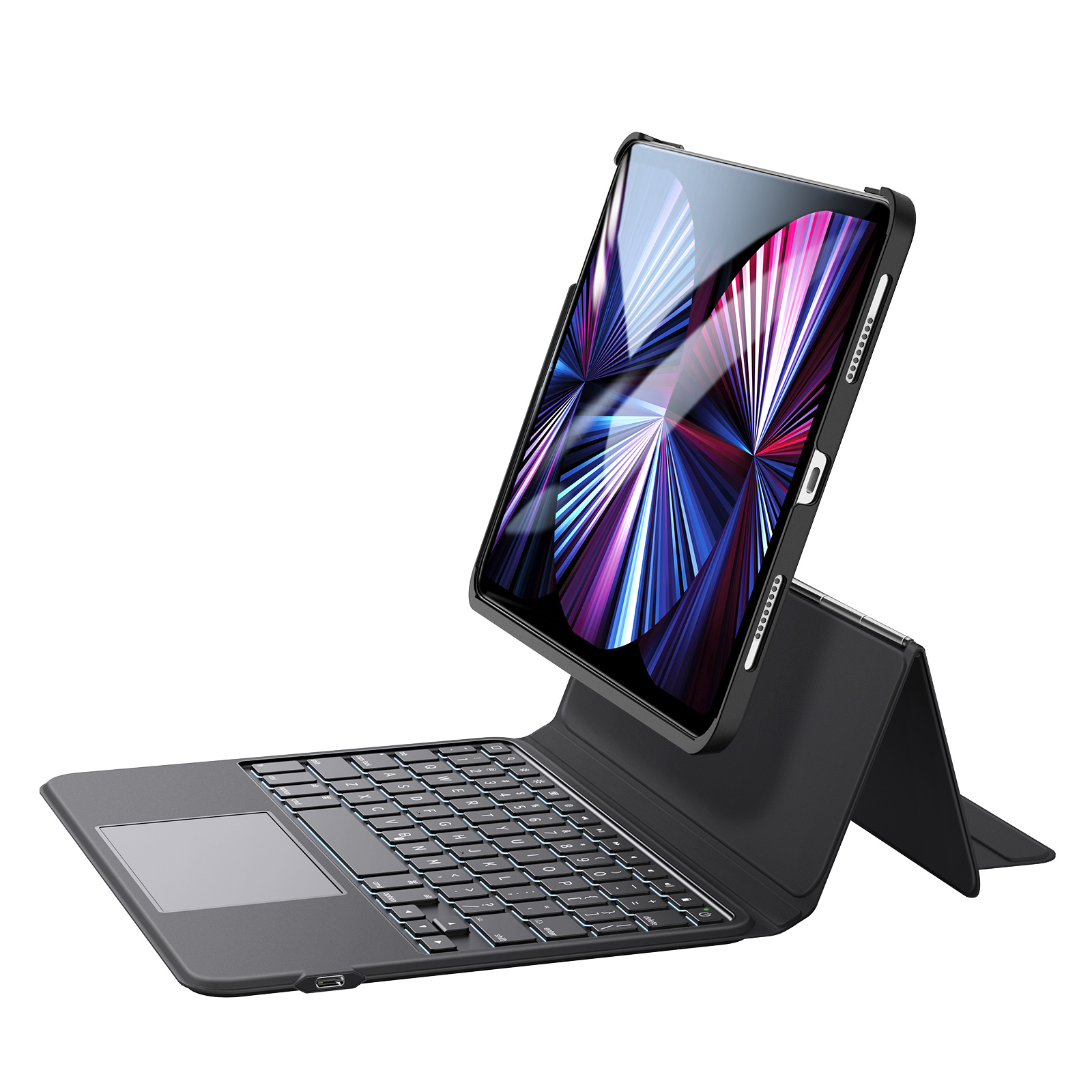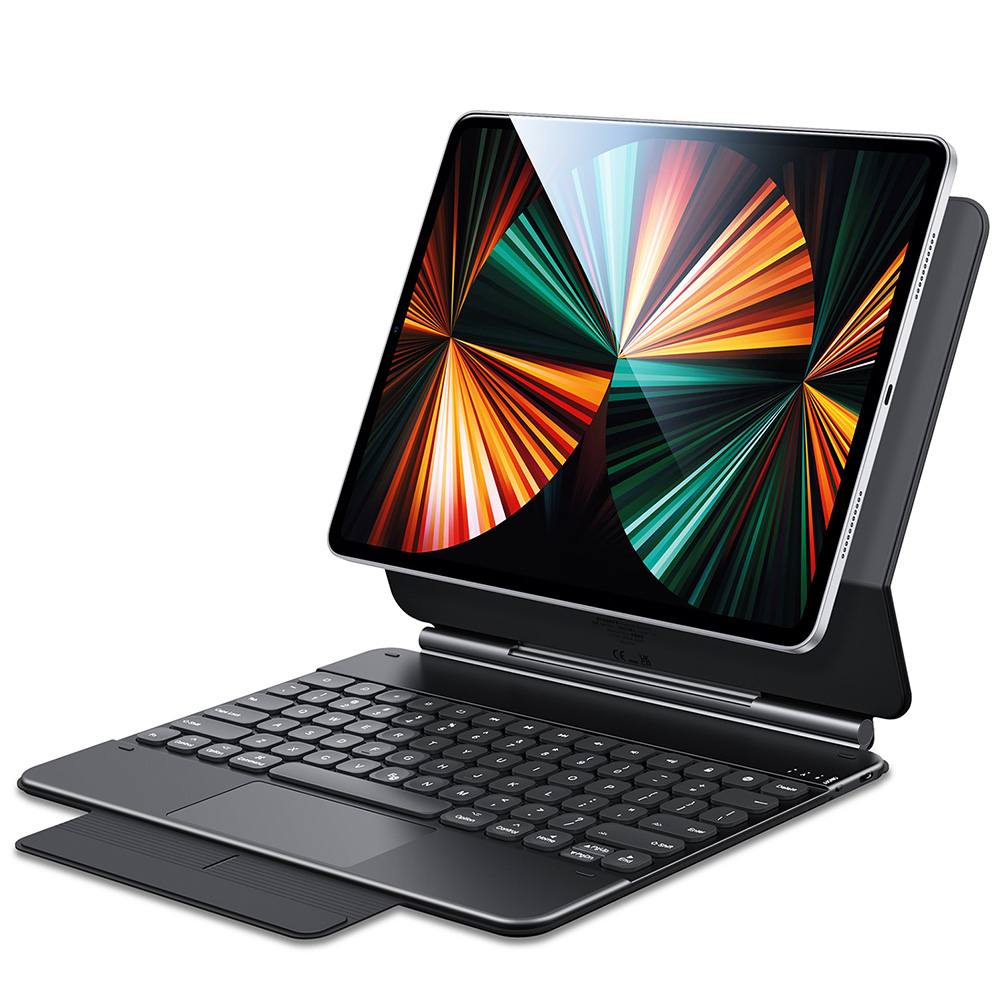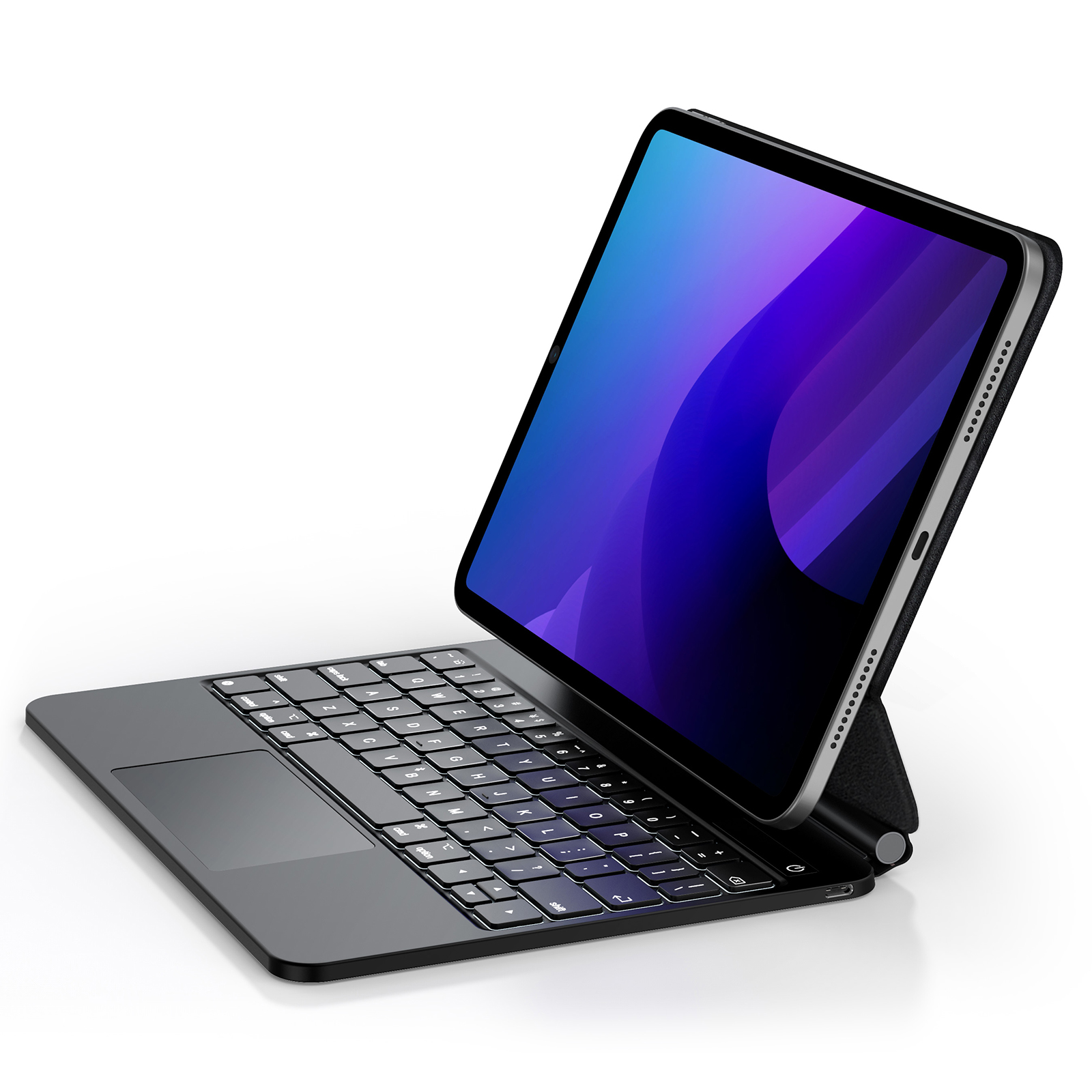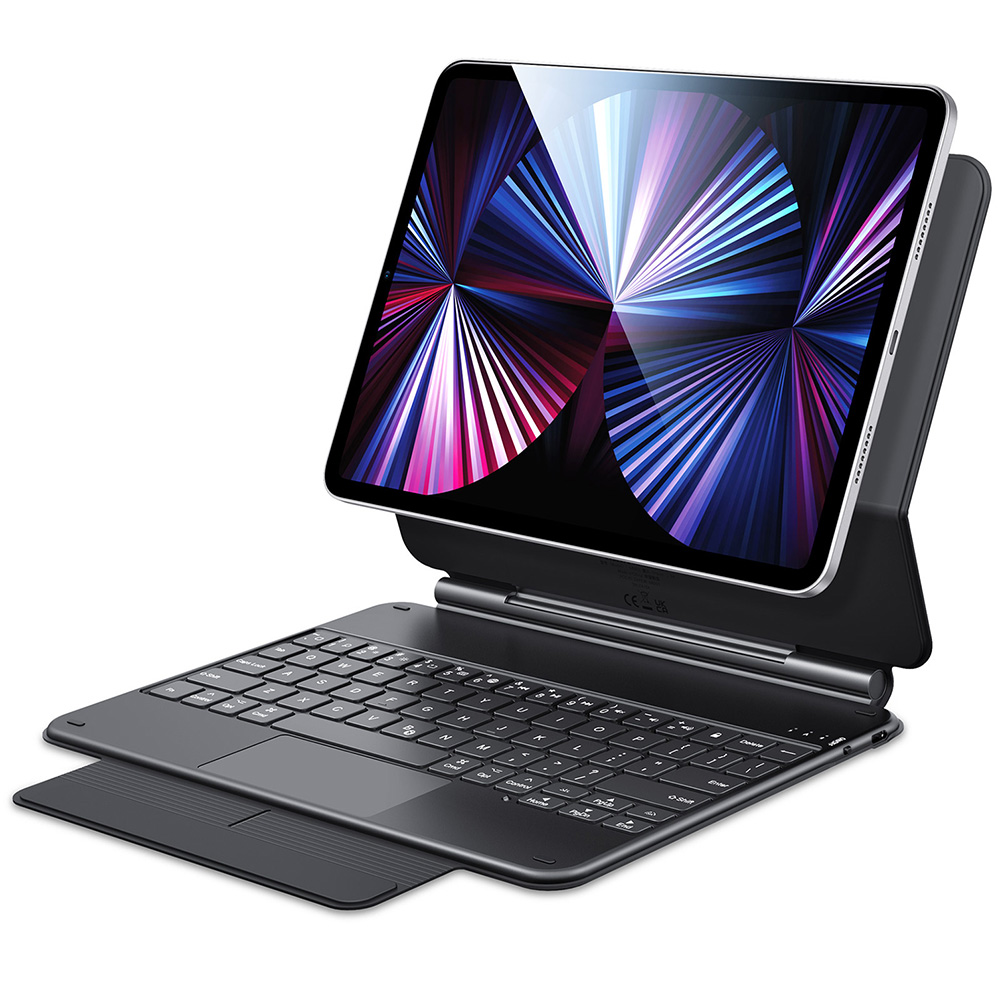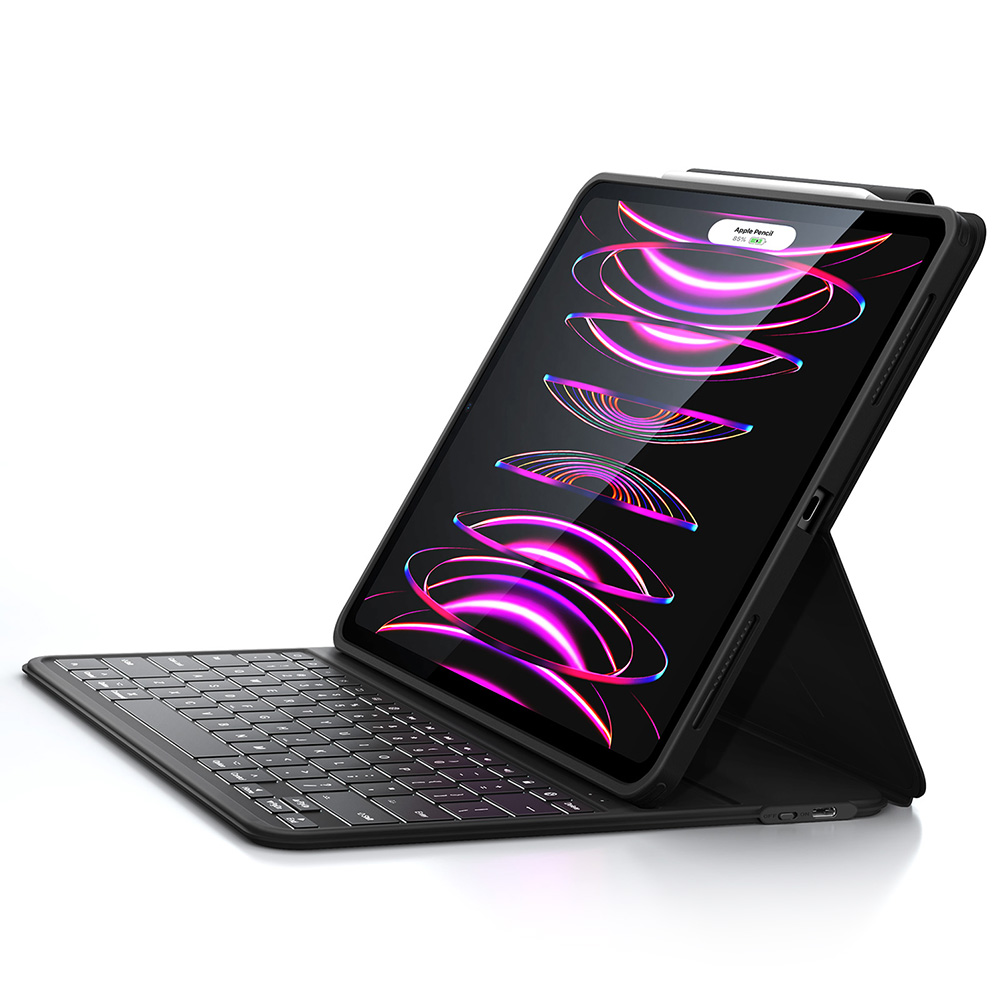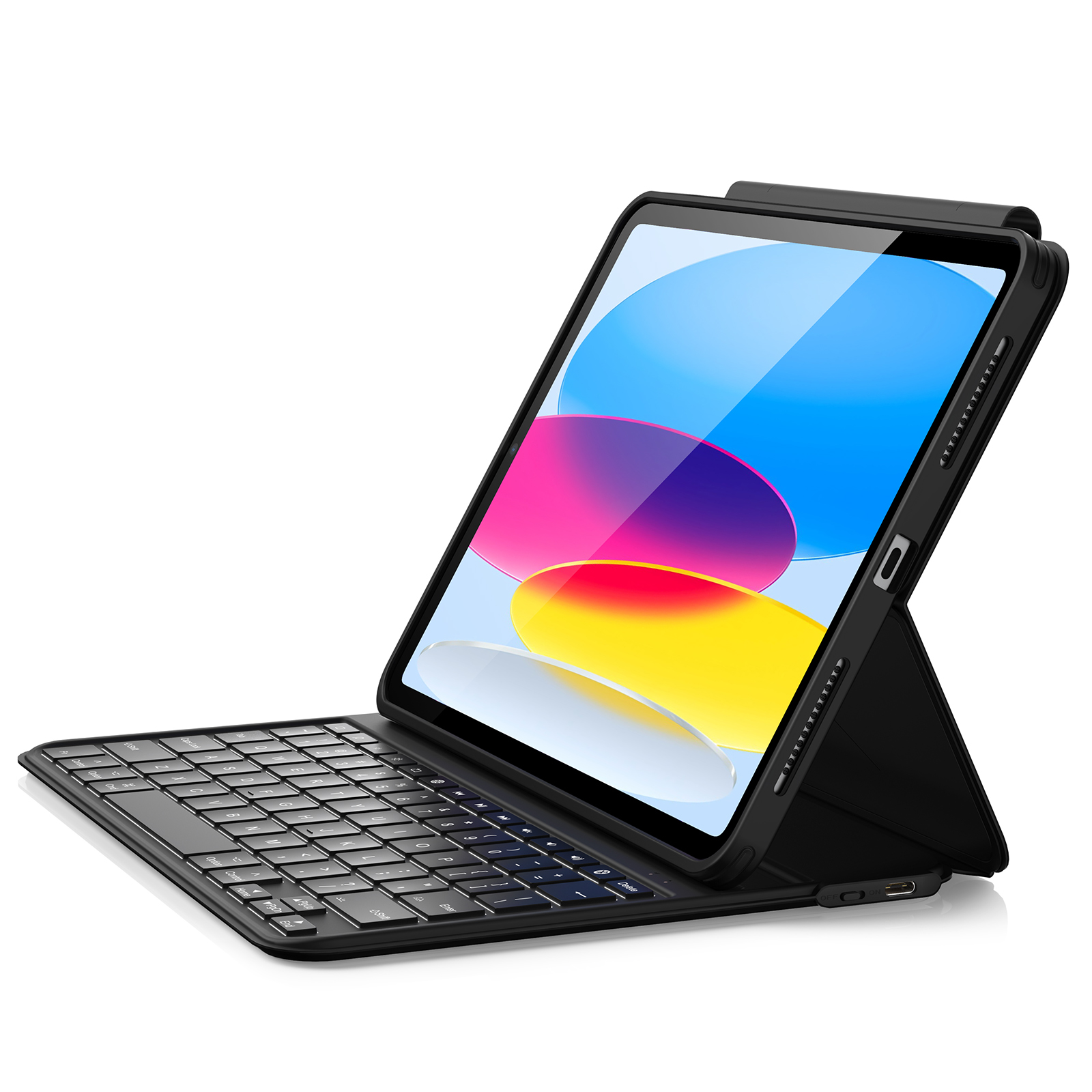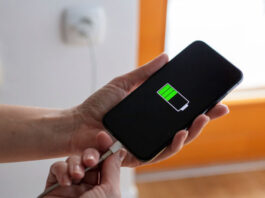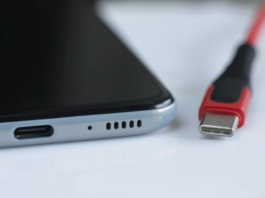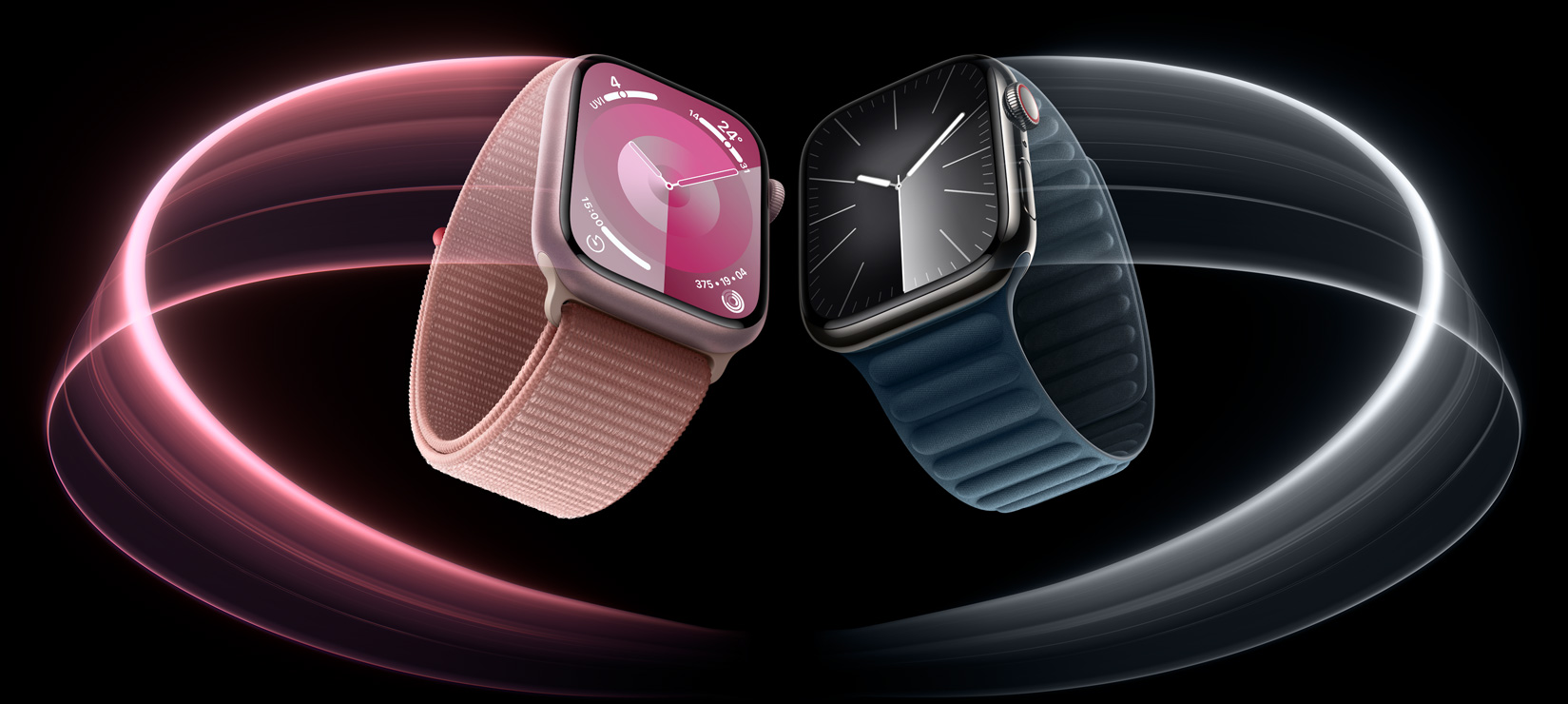Whether you’re a die-hard supporter of the iPhone or Android phones, you’ll see one thing that most smartphones coming into the market these days tend to not have a home screen button. Although it may sound slightly annoying to some users, the reason for doing this is to increase the size of the screen. With the area for the button, delegated to the additional area for the screen, it definitely sounds appealing to some. On the other hand, there are some people who like to use a button to navigate to the home screen instead and without a button, it seems kind of like a problem.
Luckily, there’s an alternate; Adding a touchscreen home button instead. Doing this will allow you to use your phone like a breeze if there’s no in-built button but at the same time, you need it as a mandatory feature to use that new phone of yours.
How to toggle the Touchscreen home button in Android:
Android phones usually have an in-built home screen, Back button, and/or recent apps button within the screen. However, if you wish to customize the buttons, the apps mentioned below can come in handy. It should be noted that these apps can be used even if the physical home screen button on your android phone is broken:
- Navigation Bar:
Making it to the top of the list, Navigation Bar comes with a great UI with a lot of customizable features. These customizable features are pretty in-depth and allow you to put toggle things like how long the buttons stay on the screen before they disappear or whether they don’t disappear at all and stay locked on. Even the colors and the width of the bar which contains the buttons can be toggled to your liking.
- Home Button:
Second, in line, Home button has been made by the same developer who created Navigation Bar. Home Screen will give the bottom of your home screen, a colored hue. The fun part is that you can change the color of this according to your liking. Even the transparency can be toggled. It’ll be kind of nice to have a glowing light at the bottom of your screen.
- Multi-Action Home Button:
Save 25% OFF MagSafe Charger with code: ESRBLOG
This app was initially created for the HTC one and has been designed for phones which have a physical home screen button. However, this will work with Samsung and other phones just fine as well. All you’ll have to do is touch the bottom center of the screen and voila. The only disadvantage it has is that there’s going to be an annoying icon in the notification tray to constantly remind you that the app is running.
- Easy Touch:
Quite different from the options listed above, this app comes with a much different interface and functionality. This app adds a floating icon on top of your other apps. Once this icon is interacted with, it’ll display various options like jumping to your favorite apps, toggle the settings or lock the phone apart from just jumping to the home screen.
- Button Savior:
Perhaps the only problem here with the app is that to access some features of the app, you’ll need to root your phone. Luckily, the basic functionalities like going back to the home screen don’t require it. The app regardless does come with a lot of comprehensive features that are definitely worth exploring if feasible. The UI/UX is great too considering it has a dock on the side of the screen which can be toggled to expand and retract.
How to toggle the Touchscreen home button in iOS:
Apple, in its recently launched phones from the new series, has switched to gesture-based recognition as opposed to the traditional home screen button from previous models. For some, it’s a very small trade-off because it allows more area on the screen, which of course means, a larger screen.
However, a few users who have used the previous models, tend to be more comfortable with the conventional home screen button and typically want to stick to the previous way of navigating through the phone instead of using gesture-based recognition.
The good news is that yes it’s possible to bring a touchscreen home button to the newer models of the iPhone as well. This can be easily done through Assistive touch. Assistive touch is an in-built feature in the iPhone and the best part is that it can be toggled for different kinds of actions in a number of ways. A virtual home button allows the user to customize for a single tap, double-tap, and long press, and 3D touch (supported device only). Interacting with the Assistive touch button will open a number of options which include, Notification Panel, Control Centre, Jump to Home screen, etc.
To activate Assistive touch, the following steps have to be just followed:
- Find and tap on the Settings option in your iPhone
- Scroll down through the options and select the Accessibility option
- Select Assistive touch by tapping on it
- Turn on the toggle on the Assistive touch page
- Choose your preferences for the options to appear along with the multiple customizations available
Follow these steps and then go to the home screen and you’ll see a virtual, touchscreen home button floating over there.
How to customize the Assistive touch button:
In the menu displayed when the Assistive touch option was toggled, tap on ‘Customize Top Level menu’. After that, you’ll be able to select the number of shortcuts that you prefer and then touch the ‘+’ sign to integrate the actions. The options you’ll have when configuring this will be more than just a few, such as ‘volume up/down’, ‘App switcher’ etc.
Some other options which can offer as a substitute for the traditional home screen button in the newer iPhones are mentioned below:
- Raise and Touch to Wake
The good thing here is that through advance gesture-based features, you don’t have to put in the effort to turn on the screen manually. You pick up the phone and Voila! The screen will light up! Apart from that, just tapping anywhere on the screen will activate the screen! - Face ID
By dropping the chance of unauthorized usage from 1 in 50,000 (Touch ID) to 1 in a million (Face ID) Face ID is definitely a feature that makes the traditional home screen button obsolete. - No More broken or Malfunctioned Home button
The sad part about home screen buttons is that over time, they tend to malfunction. However, removing the button takes away the problem, apart from giving you a bigger screen!
With the absence of the home button from many phones, malfunctioning of home screen buttons and customizing your phone, we hope this article was helpful in providing some valuable insight in respect to why phones these days don’t have home screen buttons and how to add home screen buttons on your touchscreen!
That being said, there is no reason to fret over losing a home screen button since there are definitely workarounds. Also, if they’ve taken away the home button, look at all the features they’ve given in return!
